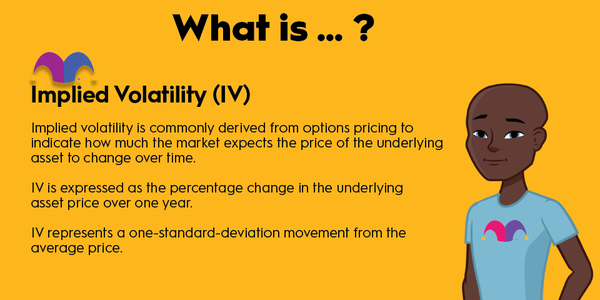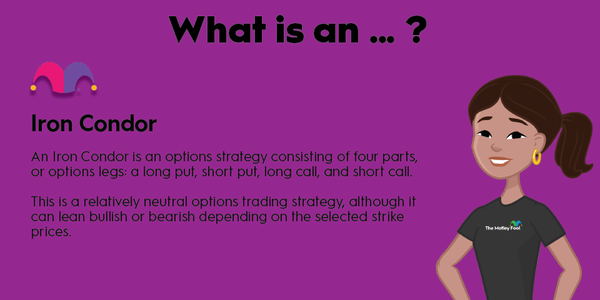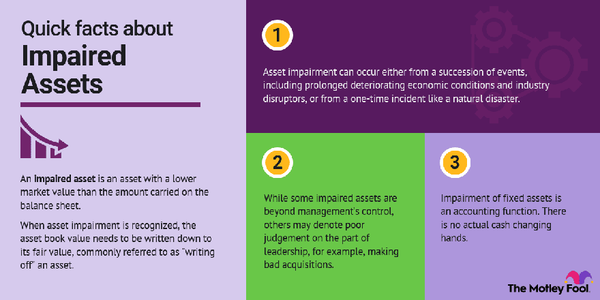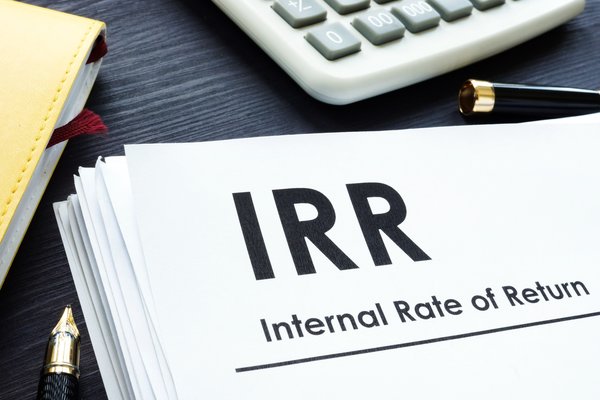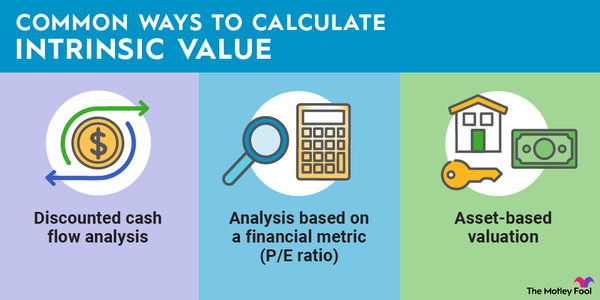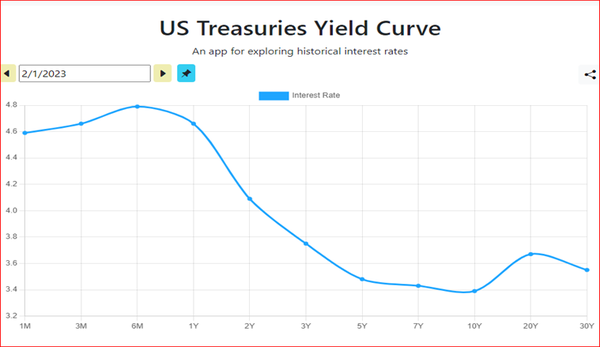If you borrow money, you’re charged an interest rate. If you lend money, you can charge an interest rate. Interest rates affect almost every aspect of financial life -- mortgages, auto loans, credit cards, student loans, bank deposits, and especially your investments.
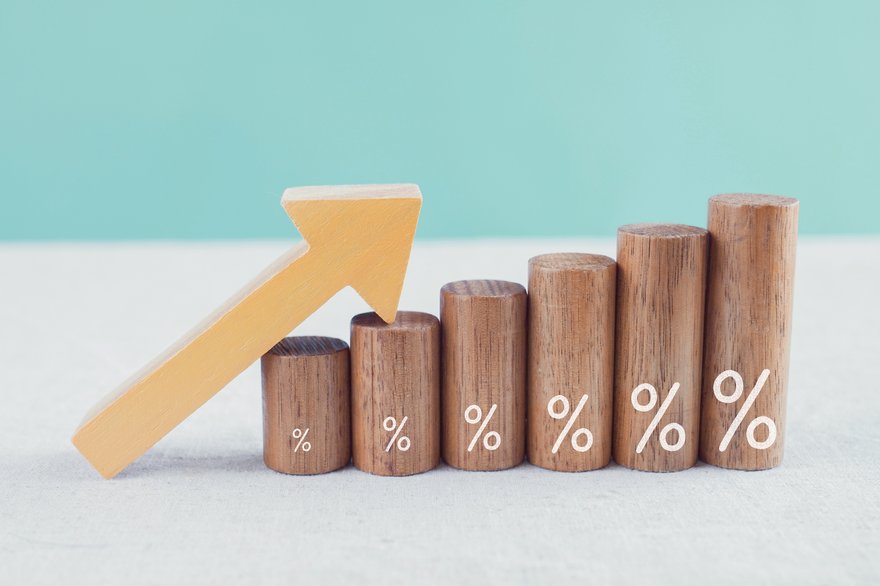
What is an interest rate?
What is an interest rate?
At its heart, an interest rate is the price of borrowing money. Interest rates can be defined as the cost of borrowing money and the benefit of lending it. Interest rates affect a broad spectrum of debt, ranging from big-ticket items like mortgages and auto loans to smaller items, such as basic savings accounts and credit cards.
Broadly speaking, interest rates in the United States are set by the Federal Reserve Board, a government-appointed entity that supervises banks. The board uses interest rates to ensure that employment remains high and prices are stable. If employment falls, the Fed will often lower interest rates to encourage spending; when prices rise during inflation, the Fed increases interest rates to slow the economy. Its interest rate is known as the federal funds rate -- basically, the rate that banks charge to lend money to one another.
How are interest rates determined?
How are interest rates determined?
Not all interest rates are set by the Fed, though. Individual lenders use different criteria to set interest rates charged to different borrowers. The size of the loan, the length of the loan, the borrower’s credit rating, and market factors generally are considered in setting interest rates for loans.
Interest rates also aren’t necessarily static amounts. Depending on the type of loan, some can be variable rates that rise or fall over time. As a general rule, variable rates are lower because they reflect current market conditions. Fixed rates, on the other hand, are generally higher to account for potential changes in future market conditions.
Finally, interest expenses can be charged in two fundamental ways. Simple interest is charged only on the original amount of a loan, and it generally doesn’t change. The formula is:
Simple interest = Principal * Interest Rate * Term of loan
Meanwhile, compound interest is charged on the original loan amount plus accumulated interest. The formula for determining compound interest is:
Compound interest = Principal * (1 + Interest Rate)N - P
Where “N” is the number of compounding periods in a year.
Compound Interest
Effects of interest rates
Effects of interest rates
Rising interest rates reverberate across the economy. A housing boom, for example, has been cooled by several sharp interest rate hikes. Interest rates on mortgages fell below a 3% average in mid-2020 as the Fed sought to spur demand in the midst of the COVID-19 pandemic. By early 2023, however, interest rates on mortgages had climbed above 6.5%, their highest level in more than 15 years.
How does this affect your investment? Say you’re a homebuyer and are in the market for a mortgage. A $350,000 mortgage at 3.5% over a 30-year loan would be relatively affordable.
Here’s the formula:
Monthly payment = Principal * (Interest Rate * (1 + Interest Rate)N)/((1 + Interest Rate)N – 1)
or
$350,000 * ((.035 * (1 + .035)360)/((1 + .035)360) – 1,
which works out to a monthly payment of $1,572.
Now, try a $350,000 mortgage at 6.5% over the same 30-year loan:
$350,000 * ((.065 * (1 + .065)360)/((1 + .065)360) – 1,
for a monthly payment of $2,212 -- $640 more than the lower interest rate.
Interest rates and investments
Interest rates and investments
Although interest rates are tied most directly to loans, they’re also an important factor in the success (or lack of success) of your portfolio. When interest rates are high, many investors put money into the bond market since the yields will be higher. For example, a $10,000 Treasury bond with a 5% interest rate may seem attractive at the time. But if interest rates rise sharply, the value of the bonds falls.
Low interest rates, on the other hand, tend to favor stocks over bonds. As interest rates fall, so does the attractiveness of bonds. Investors will move money from the bond market to stocks, creating more demand and presumably less supply; the prices of stocks will then appreciate faster than the value of bonds.
Of course, interest rate fluctuations don’t just affect the balance of stocks and bonds. In some cases, they’ve been known to wreak havoc on the financial system. Banks either closed or required bailouts in early 2023 after investing heavily in bonds when interest rates were low.
Concerns about inflation, however, led the Fed to sharply increase interest rates. The value of the bonds plummeted, depositors became nervous, and demanded their money -- which the banks couldn’t provide without assistance from the government or other banks.
Interest rates will go up and down; investors shouldn’t attempt to shuffle their holdings according to the whims of the Fed. Instead, smart investors realize that diversification and a long-term buy-and-hold strategy are the best hedges against changing economic conditions. Interest rates can give you an idea of where the economy is heading, but you’re not likely to have much success by adjusting your portfolio based on where you think interest rates will go.

